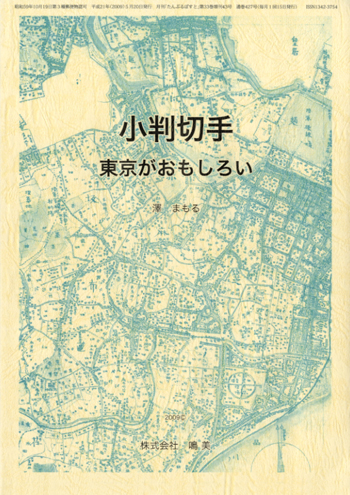I am surprised the JPS did not decide to edit and produce a monograph on the subject.
the chart below, details the number of cancels reviewed by JPS 2008 handbook groups...
the lower numbers reflect the early period of dragon and cherry blossoms; to roman letter foreign mail.
signifigant to specialised collections are the number of imitative cancels in each group. the city "letter" cancels are complex as many types appeared, as well as many imitative cancels.
generally, all FM cancels were reproduced, and are dangerously close to genuine... in each case, the value must be authenticated against a genuine unused copy. the imitations below show fancy cancels that predate the koban period ... 1876-1899
this occurence and others points to outsourcing of serigraph work to subcontractors ... maeda would offer paper and screens to assistants for production orders ... not being expert philatelists, they quite often juxtaposed the incorrect cancel screen to the sheet ...
the study is online via the blog link :"the kobans stamps of japan"
note : group 215 denshin offers the least imitaions of koban era.
























